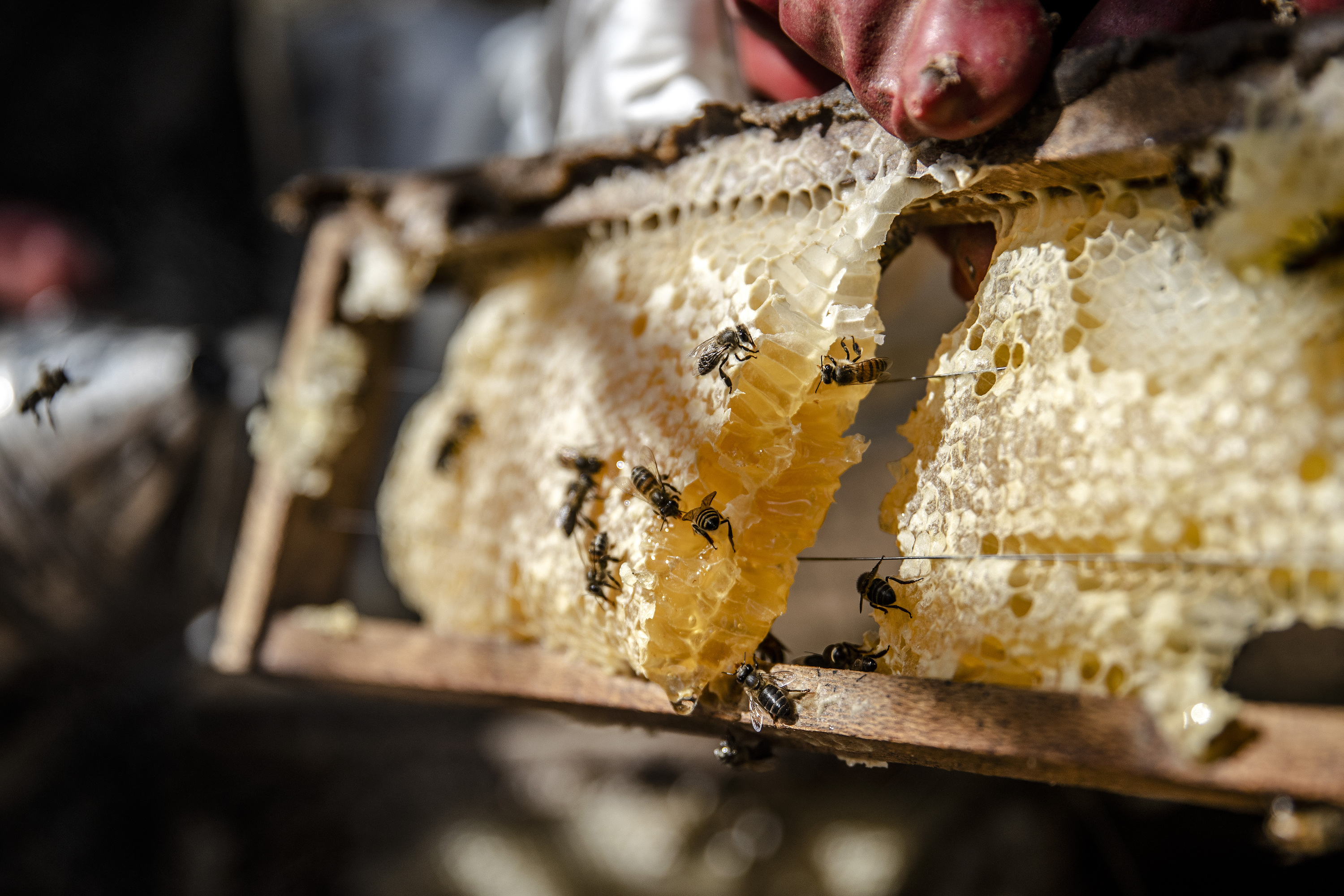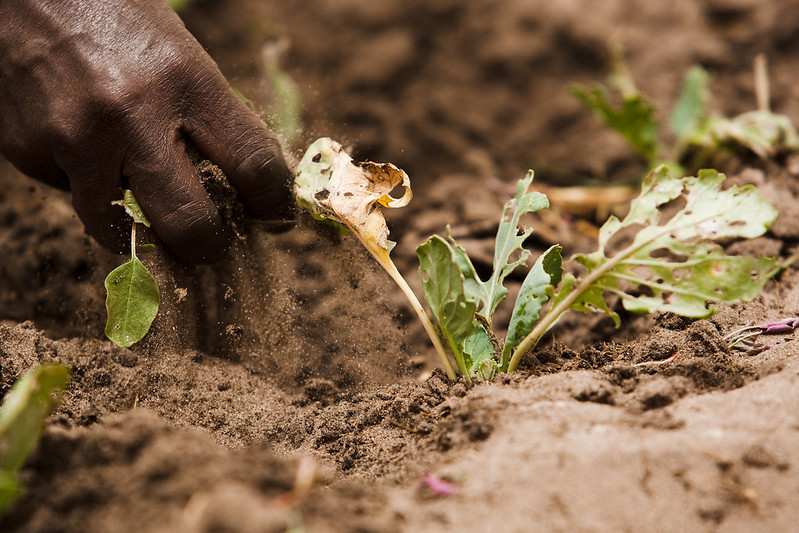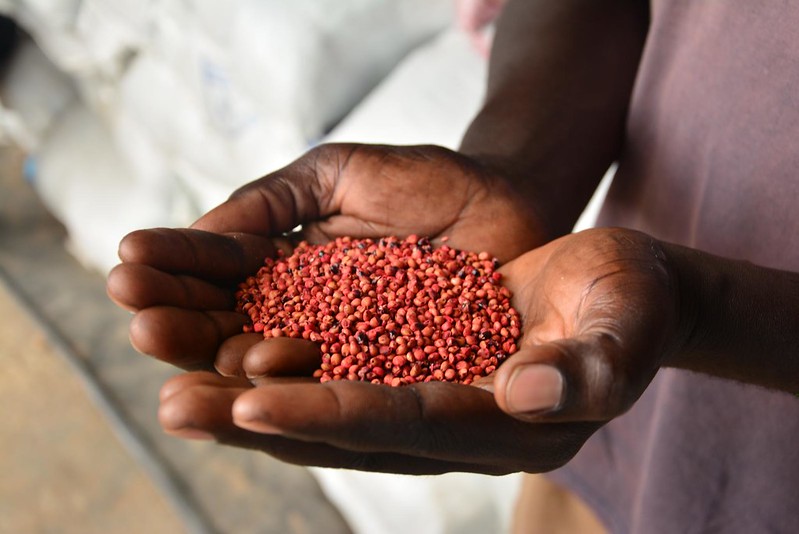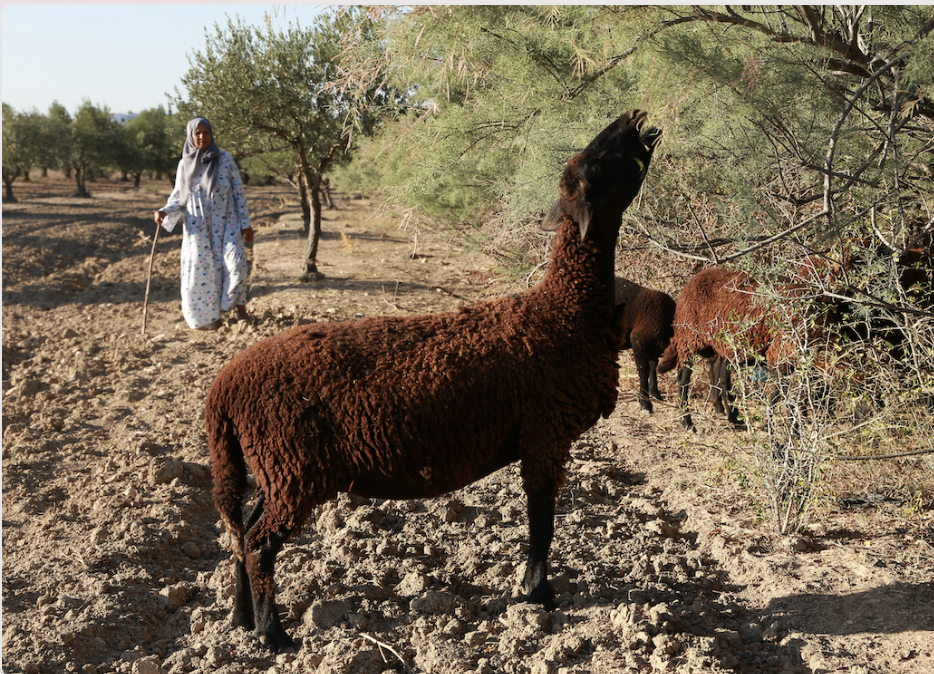Biodiversity is the foundation of sustainable agricultural production and food security.
Agrifood sectors – crop and livestock production, fisheries, aquaculture and forestry – manage significant parts of the land, freshwater and oceans. They depend on biodiversity and the ecosystem services it provides. But they also affect biodiversity in both positive and negative ways, impacting on livelihoods, food security and nutrition.
FAO’s projects, programmes and knowledge products help countries use, conserve and restore biodiversity in agrifood systems. This work is a key priority for FAO in its efforts to achieve its vision of a sustainable and food secure world for all.
Key facts and figures
Publications

Action Plan for the implementation 2024–2027
01/05/2024
The Action Plan reflects experiences gained from the implementation of the 2021–2023 Action Plan.

FAO Strategy on Mainstreaming Biodiversity across Agricultural Sectors
01/02/2020
The FAO strategy on mainstreaming biodiversity was approved at the FAO Conference in 2019.

Publications
Framework for Action on Biodiversity for Food and Agriculture
01/05/2022
The Framework for Action on Biodiversity for Food and Agriculture was endorsed by the FAO Council in 2021.






